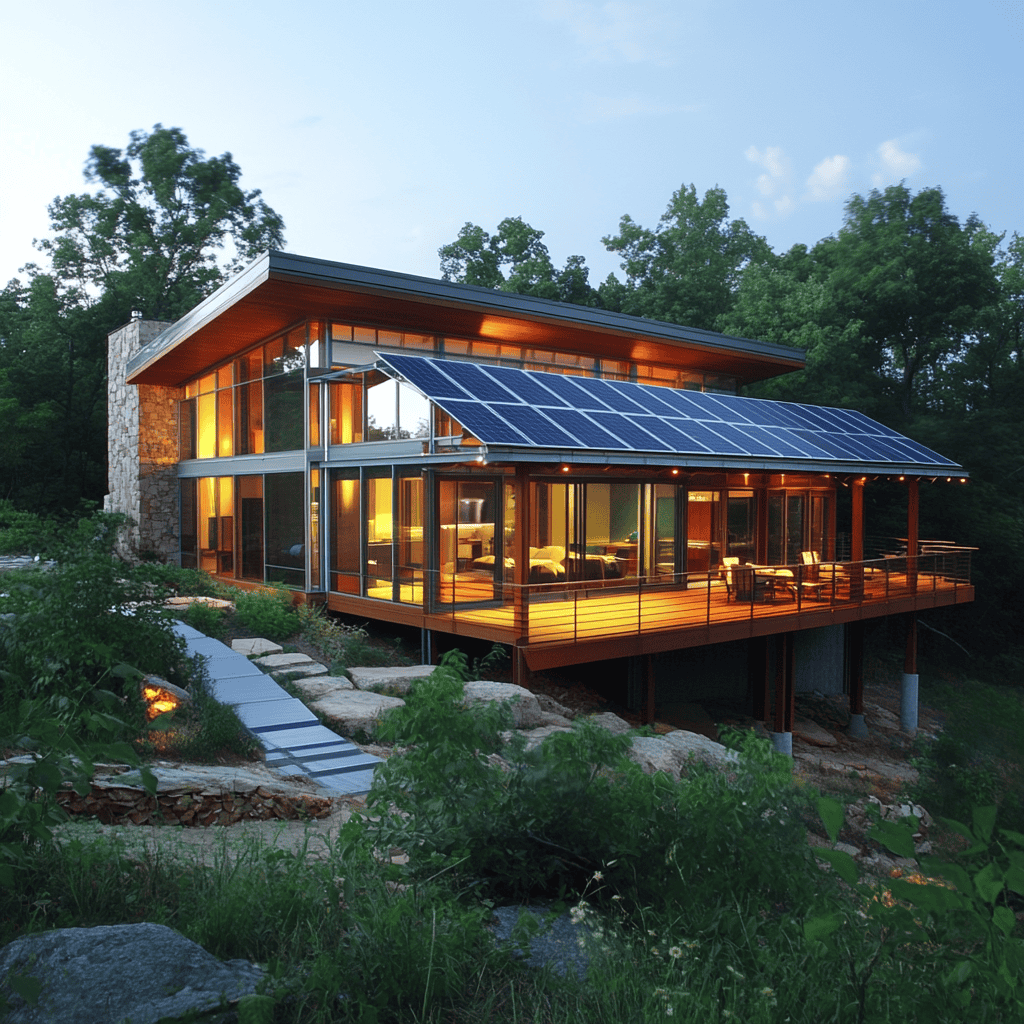Table of Contents
How Climate Change is Affecting the Real Estate Market
Climate change is reshaping the real estate market in profound and far-reaching ways. Rising sea levels, extreme weather events, and shifting climate patterns are influencing property values, homeowner decisions, and insurance costs. As these environmental challenges intensify, both buyers and sellers must adapt to a changing landscape. Here’s a closer look at how climate change is affecting the real estate market in 2025.
1. Rising Sea Levels and Coastal Property Values
Properties along coastlines are facing increasing risks due to rising sea levels and coastal erosion.
Impact on Real Estate: Homes in flood-prone areas, such as Florida and Louisiana, are experiencing declining property values as the threat of inundation grows.
Adaptation: Some communities are investing in seawalls and flood mitigation projects, while buyers are opting for properties farther inland.
Key Consideration: Buyers are becoming more cautious about investing in coastal properties due to the high costs of flood insurance and potential loss of value.
2. Increased Demand for Climate-Resilient Locations
Areas less affected by extreme weather and natural disasters are seeing increased interest from buyers.
Impact on Real Estate: States like Colorado, Vermont, and Oregon are experiencing a surge in demand as they offer moderate climates and lower risks of hurricanes, wildfires, and flooding.
Adaptation: Developers in these regions are emphasizing sustainability and eco-friendly designs to attract environmentally conscious buyers.
Key Consideration: Climate-resilient areas are becoming prime markets, leading to rising home prices and competition.
3. Wildfires and Property Loss
Increased wildfire activity is impacting real estate in states like California, Oregon, and Colorado.
Impact on Real Estate: Homes in fire-prone regions face higher insurance premiums, stricter building codes, and decreased property values.
Adaptation: Communities are adopting fire-resistant materials and creating defensible spaces around properties to reduce risks.
Key Consideration: Buyers are prioritizing safety and considering the long-term viability of living in wildfire-prone areas.
4. Extreme Weather and Home Design
Hurricanes, tornadoes, and extreme heat are influencing how homes are built and marketed.
Impact on Real Estate: Builders are incorporating features like hurricane-resistant windows, elevated foundations, and energy-efficient designs to withstand extreme conditions.
Adaptation: Homebuyers are increasingly looking for properties with climate-resilient features, even if it means paying a premium.
Key Consideration: The cost of retrofitting older homes to meet new climate challenges is affecting affordability for buyers.
5. Rising Insurance Costs
Climate-related risks are driving up insurance premiums, adding a financial burden for homeowners.
Impact on Real Estate: Properties in high-risk areas, such as coastal Florida or wildfire-prone California, are seeing skyrocketing insurance costs, which can deter potential buyers.
Adaptation: Some homeowners are turning to private insurance or self-insurance to manage costs, while others are relocating to lower-risk areas.
Key Consideration: Buyers must factor in the long-term affordability of insurance when purchasing property in high-risk regions.
6. Shift in Buyer Preferences
Climate change is influencing what buyers prioritize in a home.
Impact on Real Estate: Buyers are increasingly seeking energy-efficient homes with features like solar panels, green roofs, and advanced insulation. Properties with access to clean water and sustainable infrastructure are also in demand.
Adaptation: Developers are focusing on eco-friendly communities that emphasize sustainability and resilience to attract environmentally conscious buyers.
Key Consideration: Homes with green certifications or energy-saving features are commanding higher prices in the market.
7. Urban Heat Islands and Cooling Costs
Cities are experiencing higher temperatures due to the urban heat island effect, making some areas less desirable.
Impact on Real Estate: Properties in densely populated urban areas with limited green space may see declining appeal as cooling costs rise.
Adaptation: Cities are incorporating more green roofs, urban forests, and reflective materials to combat heat and improve livability.
Key Consideration: Buyers are increasingly evaluating local climate mitigation efforts before purchasing urban properties.
8. Flood Zones and Mortgage Lending
Lenders are reassessing risks associated with properties in flood-prone areas.
Impact on Real Estate: Homes in designated flood zones may face stricter lending requirements, higher interest rates, or outright denials of financing.
Adaptation: Buyers are turning to elevated homes and flood-proofing measures to secure financing.
Key Consideration: Understanding flood maps and local zoning laws is critical for buyers considering properties in at-risk areas.
9. Opportunities for Eco-Friendly Developments
The push for sustainability is creating new opportunities in real estate development.
Impact on Real Estate: Green developments that prioritize renewable energy, water conservation, and low-carbon footprints are attracting buyers and investors.
Adaptation: Cities like Austin, Portland, and Denver are at the forefront of promoting eco-friendly housing projects.
Key Consideration: Homes and communities designed with sustainability in mind are becoming increasingly popular among climate-conscious buyers.
10. The Role of Government Policies
Government initiatives are shaping the real estate market in response to climate change.
Impact on Real Estate: Policies like tax incentives for green homes, stricter building codes, and climate adaptation grants are influencing where and how homes are built.
Adaptation: States that proactively address climate risks are attracting both buyers and developers.
Key Consideration: Understanding local and state policies is essential for buyers and investors navigating the evolving real estate market.

Conclusion
Climate change is having a profound impact on the real estate market, influencing property values, buyer preferences, and regional demand. While some areas face declining interest due to rising risks, others are emerging as climate-resilient havens. For homeowners, buyers, and investors, understanding these trends is essential to making informed decisions in a rapidly changing world.
Additional Resources
Learn more about how your house works.

